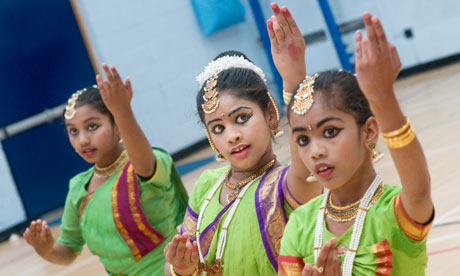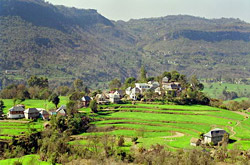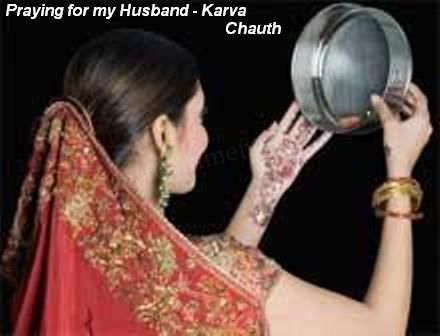India cultural heritage is unique because of its diversity and variety in physical, religious, racial and artistic fields. In India religion is believed to be a way of life.

Many dances, theatrics and folklore are religious and based on Indian mythology and a person can very well understand the culture of India. Indian tradition of theatre is rich and comprises with the ancient rituals of the country.
Dance has played an important role in the birth of theatre. There are many kinds of folklore depending on certain content such as festival songs, work songs, marriage songs etc. Festival and religious songs are usually accompamied by a suitable dance form.
It is believed that Lord Brahma created Natyaveda. Sage Bharata who wrote Natya Shastra which is a great comprehensive work on the science and technique of Indian drama and through this medium, common man was presented with the Ithihasas, Puranas, and Mythology.
![Reblog this post [with Zemanta]](http://img.zemanta.com/reblog_e.png?x-id=449efefe-79ec-4c37-96bb-a25d3d93f6c2)

Many dances, theatrics and folklore are religious and based on Indian mythology and a person can very well understand the culture of India. Indian tradition of theatre is rich and comprises with the ancient rituals of the country.
Dance has played an important role in the birth of theatre. There are many kinds of folklore depending on certain content such as festival songs, work songs, marriage songs etc. Festival and religious songs are usually accompamied by a suitable dance form.
It is believed that Lord Brahma created Natyaveda. Sage Bharata who wrote Natya Shastra which is a great comprehensive work on the science and technique of Indian drama and through this medium, common man was presented with the Ithihasas, Puranas, and Mythology.
![Reblog this post [with Zemanta]](http://img.zemanta.com/reblog_e.png?x-id=449efefe-79ec-4c37-96bb-a25d3d93f6c2)


![Reblog this post [with Zemanta]](http://img.zemanta.com/reblog_e.png?x-id=251e05a2-2505-4046-9d6d-bf44319dee1a)

![Reblog this post [with Zemanta]](http://img.zemanta.com/reblog_e.png?x-id=70a97b32-5a31-436f-9b3b-49dca1685edc)

![Reblog this post [with Zemanta]](http://img.zemanta.com/reblog_e.png?x-id=85ef7043-1450-4056-8d22-f3a2af9969d8)

![Reblog this post [with Zemanta]](http://img.zemanta.com/reblog_e.png?x-id=d30bd4ee-e687-4cd2-b517-02277630287b)

![Reblog this post [with Zemanta]](http://img.zemanta.com/reblog_e.png?x-id=e6e78f16-b146-4fd5-bd83-c77acf069b79)

![Reblog this post [with Zemanta]](http://img.zemanta.com/reblog_e.png?x-id=81972667-3623-4e8d-aea9-a008f9705d68)